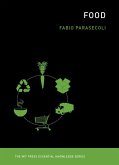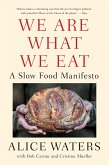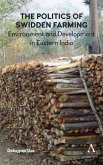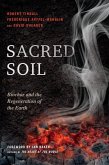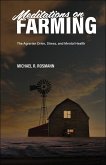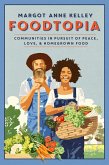How farmers use less water and make better profits
If you're looking for ways to save water, maximize efficiency, reduce waste, and make the most of what you already have, this book has covered you. Featuring proven hydroponic practices that'll show how your farm could run better while conserving water and producing healthier animals. Thinking Outside The Soil is a guidepost for any farmer looking to save money and increase their production yield without sacrificing quality. It details why hydroponic fodder production methods are so advantageous compared to soil cultivation-saving time, money, and, most importantly, valuable resources like water. From information on which fodder crop is right for your farm all the way to the principles of hydroponic fodder, everything is explained in the language farmers use!
WARNING: But first, a warning, this book is not a complete guide on hydroponics.
The first part of this book shows the origins of hydroponic farming. It talks about how hydroponic fodder gets higher yields while using over 90% less water and space than the same crops grown in the field. With drought and more mouths to feed, hydroponics' water-saving and land-sparing potential are important to not only farmers but everyone who lives on Earth.
Many field crops that farmers use to feed livestock can be used for hydroponic fodder. Yet, some crops do better than others. Selecting the best crop is an important decision for producing high-quality fodder. The book's second part is called the ABC's of Hydroponic Fodder, which talks about six different kinds of plants that produce exceptional yields of animal feed: Alfalfa, barley, clover, corn, cowpea, and sunflower.
The book's third part will cover three practices used to grow fodder - microfodder, greenwater, and sprouting.
And more!
Get Thinking Outside The Soil today!
If you're looking for ways to save water, maximize efficiency, reduce waste, and make the most of what you already have, this book has covered you. Featuring proven hydroponic practices that'll show how your farm could run better while conserving water and producing healthier animals. Thinking Outside The Soil is a guidepost for any farmer looking to save money and increase their production yield without sacrificing quality. It details why hydroponic fodder production methods are so advantageous compared to soil cultivation-saving time, money, and, most importantly, valuable resources like water. From information on which fodder crop is right for your farm all the way to the principles of hydroponic fodder, everything is explained in the language farmers use!
WARNING: But first, a warning, this book is not a complete guide on hydroponics.
The first part of this book shows the origins of hydroponic farming. It talks about how hydroponic fodder gets higher yields while using over 90% less water and space than the same crops grown in the field. With drought and more mouths to feed, hydroponics' water-saving and land-sparing potential are important to not only farmers but everyone who lives on Earth.
Many field crops that farmers use to feed livestock can be used for hydroponic fodder. Yet, some crops do better than others. Selecting the best crop is an important decision for producing high-quality fodder. The book's second part is called the ABC's of Hydroponic Fodder, which talks about six different kinds of plants that produce exceptional yields of animal feed: Alfalfa, barley, clover, corn, cowpea, and sunflower.
The book's third part will cover three practices used to grow fodder - microfodder, greenwater, and sprouting.
And more!
Get Thinking Outside The Soil today!
Dieser Download kann aus rechtlichen Gründen nur mit Rechnungsadresse in A, D ausgeliefert werden.



